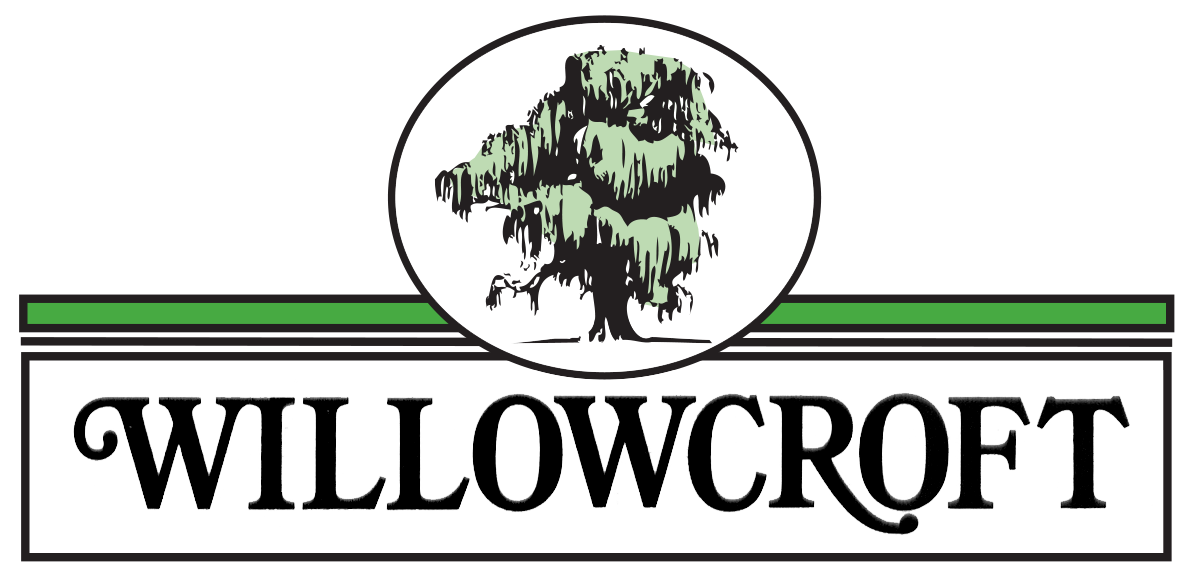
Practical tips for aging Willowcroft wine at home — no wine fridge required.
Not everyone has a wine cellar or temperature-controlled fridge, but that doesn’t mean you can’t age a bottle of Willowcroft wine beautifully at home. The secret is to create conditions that protect your wine from its greatest enemies: heat, light, and movement. With a few simple adjustments, you can transform an ordinary space into an effective mini “cellar.”
The Basics of Aging Wine at Home
Mind the Temperature
The ideal storage temperature for wine is around 55°F (13°C), though anywhere between 45°F and 65°F works well. The most important factor is consistency. Frequent temperature swings cause the wine to expand and contract, which can damage the seal and lead to premature aging.
Where Not to Store Wine
Avoid areas like the kitchen, laundry room, or near appliances such as ovens, radiators, or water heaters—these spaces are prone to temperature fluctuations and vibrations. The top of the refrigerator is also a poor choice since it’s both warm and constantly vibrating.
Keep It Dark
Sunlight and UV rays can degrade a wine’s flavor and aroma, a process known as “light strike.” Choose a dark, quiet space—a closet, cabinet, or covered nook works well. If the area receives any light, store bottles in their original boxes or drape them with a towel or fabric cover.
Prevent Vibrations
Wine benefits from stillness. Vibrations can disturb sediment and interfere with the aging process, dulling the flavors. Keep bottles away from appliances like washers, dryers, and stereos, and use a sturdy rack or cushioned box to absorb any movement.
Mind the Humidity
For wines sealed with natural corks, humidity levels between 50–70% keep the cork moist and prevent air from seeping in. A cork that dries out can shrink, allowing oxygen to spoil the wine.
Tip: If your home is dry, place a small bowl of water or a tray of damp pebbles near your wine to help maintain moisture.
Store Bottles on Their Side
When a wine has a natural cork, store it horizontally to keep the cork moist and airtight. Wines with screw caps or synthetic corks can be stored upright since they don’t rely on cork expansion for a seal.
Top Storage Spots for Aging Wine at Home
- An Interior Closet or Pantry
These are often the most stable environments in a home—naturally dark, cool, and insulated from temperature swings. Choose a lower shelf, as heat rises. - Under a Bed
Cool, dark, and out of the way—an under-bed space can serve as an excellent spot for a few cherished bottles. - Basement or Under-Stair Storage
Naturally cool and shielded from light, these areas are great for longer storage. Keep bottles on a rack or crate and off concrete floors to prevent moisture issues. - A Temperature-Stable Cabinet
A cabinet in a spare room or hallway away from heat sources works well. Add a little insulation—such as cork, felt, or folded towels—for extra protection.
Before You Get Started
Know Which Wines to Age
Not every wine improves with age. Many lighter reds and most whites are made for early enjoyment. Before setting a bottle aside, check its vintage notes or ask our tasting room team which Willowcroft wines are designed to develop over time.
Separate Your Everyday Wines
If you’re short on space, organize your bottles by purpose—one area for ready-to-drink wines, and another for those you’re aging. This helps preserve your patience for the special ones.
Aging Gracefully — Just Like Wine
With a steady, cool, and quiet environment, even a modest home can nurture a bottle into something extraordinary. Whether it’s resting in a closet or quietly tucked under a bed, your Willowcroft wine will reward your care with depth, texture, and elegance—proof that you don’t need a cellar to be a true wine collector.
